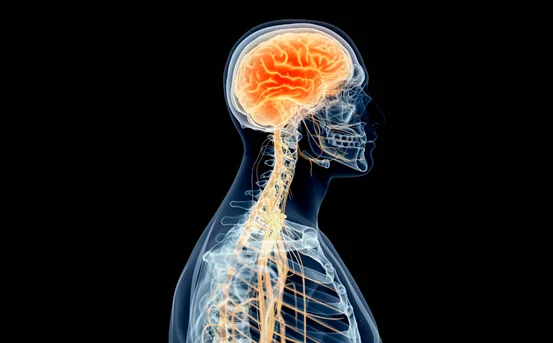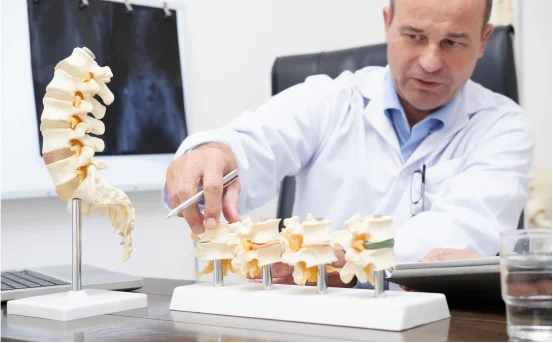Diagnosis for Pediatric cardiac catheterization is a vital diagnostic and interventional tool used to examine and treat heart conditions in children. This minimally invasive procedure helps doctors gather detailed information about the structure and function of a child’s heart. For parents, the idea of any heart-related procedure can be overwhelming.
When a child is suspected of having a heart condition, it can be an emotional and confusing time for parents. From understanding complex medical terms to making decisions about invasive procedures, every step can feel overwhelming. One such procedure that plays a crucial role in diagnosing heart issues in children is pediatric cardiac catheterization. Unlike traditional imaging methods like echocardiograms or MRIs, this procedure provides real-time data about how the heart is functioning, how blood is flowing through the chambers and vessels, and whether there are any structural abnormalities. It is commonly recommended when non-invasive tests are inconclusive or when a detailed evaluation is needed before surgical intervention.
What is Pediatric Cardiac Catheterization?
Pediatric cardiac catheterization is a procedure where a thin, flexible tube called a catheter is inserted into a blood vessel (usually in the groin) and guided to the heart. It allows cardiologists to :-
-
Measure pressures in the heart chambers
-
Evaluate oxygen levels in different parts of the heart and lungs
-
Take X-ray images using contrast dye (angiography)
-
Collect heart tissue samples if needed (biopsy)
Cardiac catheterization can be diagnostic, interventional (to correct defects), or both.
Why is Pediatric Cardiac Catheterization Done?
Confirming Congenital Heart Defects
Children born with structural abnormalities of the heart may require detailed evaluation. Common congenital heart conditions diagnosed with cardiac catheterization include :-
-
Atrial Septal Defect (ASD)
-
Ventricular Septal Defect (VSD)
-
Patent Ductus Arteriosus (PDA)
-
Tetralogy of Fallot
-
Transposition of the Great Arteries (TGA)
-
Coarctation of the Aorta
While echocardiography and MRI offer valuable information, cardiac catheterization provides more precise hemodynamic data.
Evaluating Unexplained Symptoms
If a child shows persistent symptoms such as :-
-
Cyanosis (bluish lips or fingers)
-
Shortness of breath
-
Poor growth or feeding difficulties
-
Fatigue during play
-
Frequent respiratory infections
.cardiac catheterization can help pinpoint whether a heart issue is causing these symptoms.
Pre-Surgical Planning
Before corrective heart surgery or intervention, doctors may use cardiac catheterization to :-
-
Map out the heart’s anatomy
-
Determine the severity of defects
-
Decide on the best surgical approach
Monitoring After Surgery or Intervention
In children who have undergone heart surgery or interventional procedures (e.g., balloon angioplasty or device closure of defects), periodic catheterizations may be necessary to assess progress and identify any complications.
Common diagnosis for pediatric cardiac catheterization
- Angiography :- This involves injecting a special contrast dye into the blood vessels or heart chambers while X-ray images are taken. It helps visualize the size, shape, and function of the heart and blood vessels.
- Hemodynamic Measurements :- Cardiologists measure blood pressure in each heart chamber and major vessels. They also check oxygen saturation levels to identify abnormal blood flow patterns.
- Oxygen Saturation Testing :- This helps detect the presence of shunting (abnormal blood flow between heart chambers) which is common in congenital heart diseases.
- Endomyocardial Biopsy (in select cases) :- A small tissue sample may be taken from the heart muscle to assess for conditions like myocarditis or cardiomyopathy.
How to Prepare Your Child for Cardiac Catheterization
- Pre-Procedure Evaluation :- The doctor will perform a physical exam and may order blood tests, chest X-rays, ECG, and echocardiography before proceeding with catheterization.
- Fasting Guidelines :- Your child will need to fast for several hours before the procedure (typically 6–8 hours). Clear instructions will be provided by the hospital team.
- Discuss Anesthesia :- Most pediatric catheterizations are performed under general anesthesia or deep sedation. The anesthesiologist will review your child’s medical history and explain the anesthesia plan.
- Emotional Preparation :- Explain the procedure in simple terms appropriate for your child’s age. Books, videos, or hospital tours can help reduce anxiety.
What to Expect During the Procedure?
Admission and Preparation :- Your child will be admitted on the day of the procedure. The nursing staff will check vital signs and insert an IV line.
In the Cath Lab :- The procedure is performed in a specialized room called a catheterization lab. It usually lasts 1–3 hours.
-
The catheter is inserted through a blood vessel in the groin or neck.
-
Imaging and pressure readings are taken.
-
If needed, a biopsy or contrast dye test is performed.
Monitoring :- Throughout the procedure, your child’s heart rate, blood pressure, and oxygen levels are closely monitored.
Recovery After Cardiac Catheterization
- Post-Procedure Monitoring :- After the procedure, your child will be taken to a recovery room where they’ll be monitored for a few hours. Some children stay overnight, depending on the case.
- Groin Site Care :- There may be minor bruising or soreness at the catheter insertion site. Keep the area clean and dry.
- Activity Restrictions :- Your child may need to avoid strenuous activities for a few days to prevent bleeding from the catheter site.
- Follow-Up :- You will have a follow-up appointment to discuss the results and the next steps for treatment if needed.
Risks and Safety of Pediatric Cardiac Catheterization
While the procedure is generally safe, as with any medical intervention, there are potential risks, including :-
-
Bleeding or bruising at the catheter site
-
Allergic reaction to contrast dye
-
Irregular heart rhythms
-
Blood clots
-
Infection (rare)
-
Reaction to anesthesia
Diagnosis for pediatric cardiac catheterization is performed by a team of highly skilled specialists, and risks are minimized through careful planning and monitoring.
Advantages of Cardiac Catheterization for Diagnosis
-
High precision in assessing structural heart issues
-
Minimally invasive alternative to open-heart surgery
-
Short recovery time
-
Real-time visualization of the heart’s function
-
Often allows for interventional treatment during the same procedure (e.g., device closure)
Conclusion
Diagnosis for pediatric cardiac catheterization is a crucial diagnostic tool that allows for detailed assessment of heart function and structure in children. It plays an essential role in diagnosing congenital heart defects, evaluating symptoms, and planning treatments























